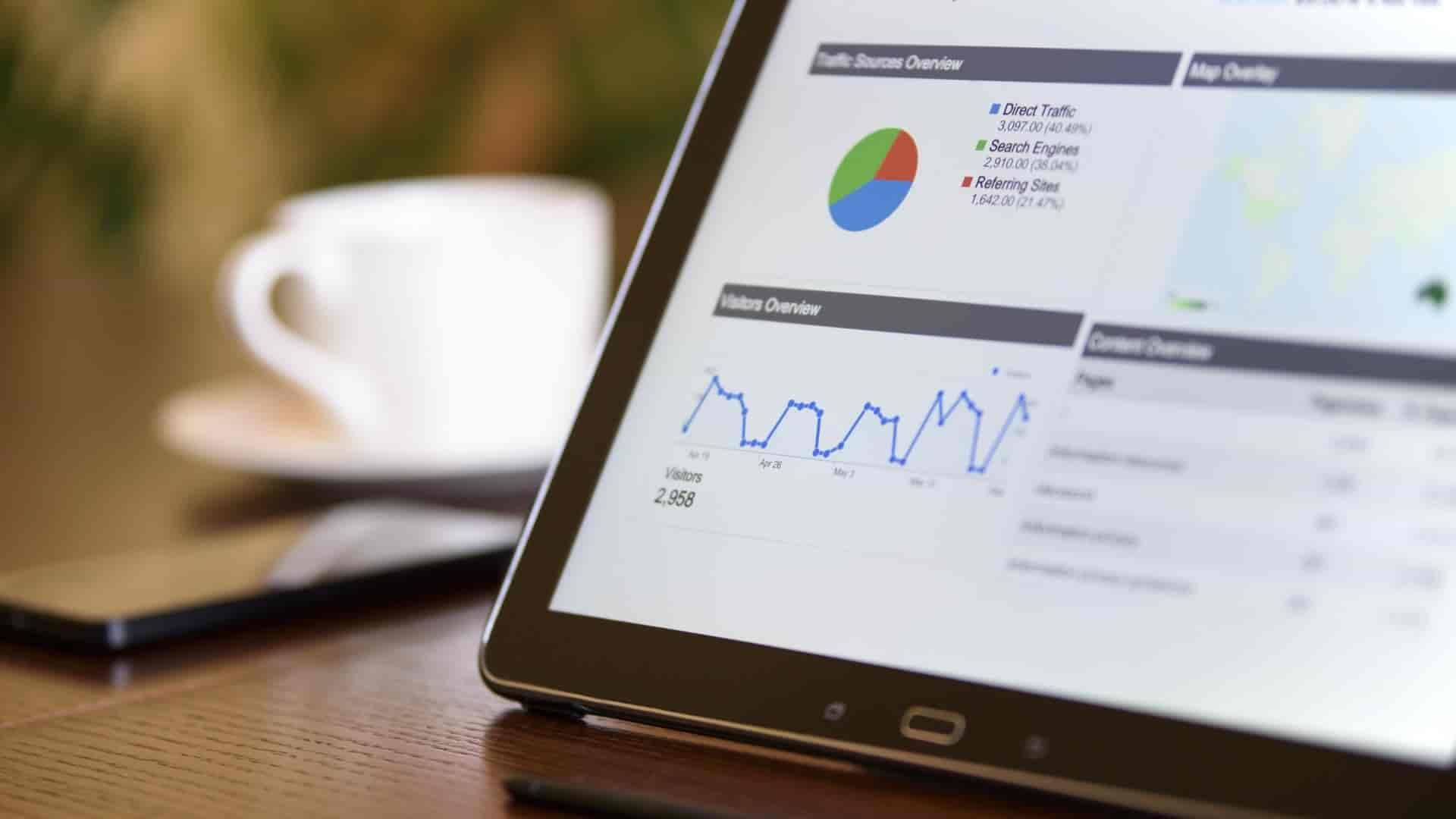With technology constantly changing and evolving and with how close it is intertwined with how businesses carry themselves, naturally, it is changing and evolving businesses as well. It’s not a matter of why, but when and how a business should undergo a partial or a full digital overhaul. Managing and meeting newer and more demanding customer expectations and competing successfully with other businesses are two out of many reasons to engage with digital solutions and transition smoothly into the new business world, where being a fully digital enterprise is a necessity, rather than a commodity.
What is Digital Transformation
Simply put it’s the deployment, adaptation, and usage of new digital technologies to fully transform and/or evolve how a business conducts its operations on every level. The benefits are ranging from increased efficiency and productivity to unlocking new and better value for customers and shareholders. There are numerous ways of introducing digital solutions to enhance your business and there isn’t a step-by-step guide on how to do it simply because every business is unique and requires a different approach from the previous one. Let’s say you deploy a cloud computing solution to improve customer experience or use AI to boost your CRM and make even more informative decisions by analyzing your customer’s behavior in depth. The main purpose of any digital transformation is to better the processes of an enterprise. Staying competitive is getting harder and harder nowadays and if a business isn’t transforming and evolving its ways, it’s falling behind everyone else.
Apart from customer expectations, other examples of prime drivers of digital transformation are new technologies that make new kinds of information and capabilities accessible. Mobile devices, social media, IoT, and Cloud computing are a few culprits out of many, who are responsible for driving digital transformation.
Practically any digital technology can play a part in an organization’s digital transformation strategy, but there are a few technologies that play a more central role than others, and possibly will play an even more important one in the future.
Artificial Intelligence (AI) technologies can enable a computer or a machine to mimic the human mind’s capabilities. It learns from examples and when combined with automation it can make wonders.
Blockchain is a distributed, permanent record of electronic transactions. It provides total transaction transparency to those who require it and is inaccessible to those that don’t.
Internet of Things (IoT) is objects and devices equipped with sensors so that they can collect and later transmit data over the internet. Simply put, IoT is where technology meets the physical world. The information gathered is transformed into automation and decisions
with the help of big data analytics applications and AI.
How does Digital Transformation begin and end?
Transformation means change and every change begins with a shift in mindset. Old thinking rarely works well against new challenges. As we said before the question isn’t if a business needs to adopt digital and rather when and how should it reform digitally. Evolution starts when an environment begins to be more demanding and survival is about meeting and exceeding those demands. But evolution doesn’t have an endpoint. Therefore digital transformation should be thought of as a continual adaptation to a constantly changing environment, rather than as a one-time solution to a problem surrounding your business operations. For organizations that means a constant search to improve the end-user experience through on-demand training, using cloud computing, leveraging artificial intelligence, and more. In any case, starting a digital transformation journey requires a new mindset. Two concepts related to digital transformation are digitization and digitalization.
Digitization vs. Digitalization vs Digital Transformation
To clear some confusion revolving around those three terms we are going to give a short definition for each.
Digitization is the process of converting information and data from analog to digital. For example, scan a photo and store it on your hard drive.
Digitalization is the use of digital technologies to improve business processes and projects. For example, to help employees learn new software or tool to help with performing day-to-day tasks. Digitalization is a part of digital transformation.
Digital transformation goes beyond day-to-day operations and projects. It affects the entire organization and it can drive employee innovation and trigger company growth at a fundamental level.
Possibilities of Digital Transformation
Before COVID-19 digital transformation was largely occupied with only improving customer experience. Needless to say, we all know how everything changed after the pandemic hit. The need for digital transformation became more apparent and took a centerpiece in organizations from almost all industries. At the beginning of the pandemic, change happened every day. To meet those new rules, CEO’s learned that they have to quickly adapt new digital solutions to keep everything afloat. Now, every business that wants to grow and be successful has to invest in tech. Leaders adopted an innovative mindset and started to focus on harnessing, utilizing, and reinvesting in key digital technologies, which sooner rather than later convert into positive outcomes. The benefits are increased revenue and growth, and most importantly – to stay ahead of the curve and adopt the role of the disrupter, instead of being disrupted.
Final thoughts
Different types of digital transformation trends rise and fall in popularity as technology changes. Trying to keep up with those trends is a decent way of navigating through your digital transformation journey. Paying close attention can prepare you for the inevitable changes in your industry. As of today, digital transformation trends all tie back to creating a better customer and employee experience. Some people think that digital transformation will someday replace them, but automation, although being a part of it, doesn’t equate to digital transformation. Great digital transformation complements human work – AI, RPA, 5G, mobile development, and personalized user experiences are your friends, not your enemies.


